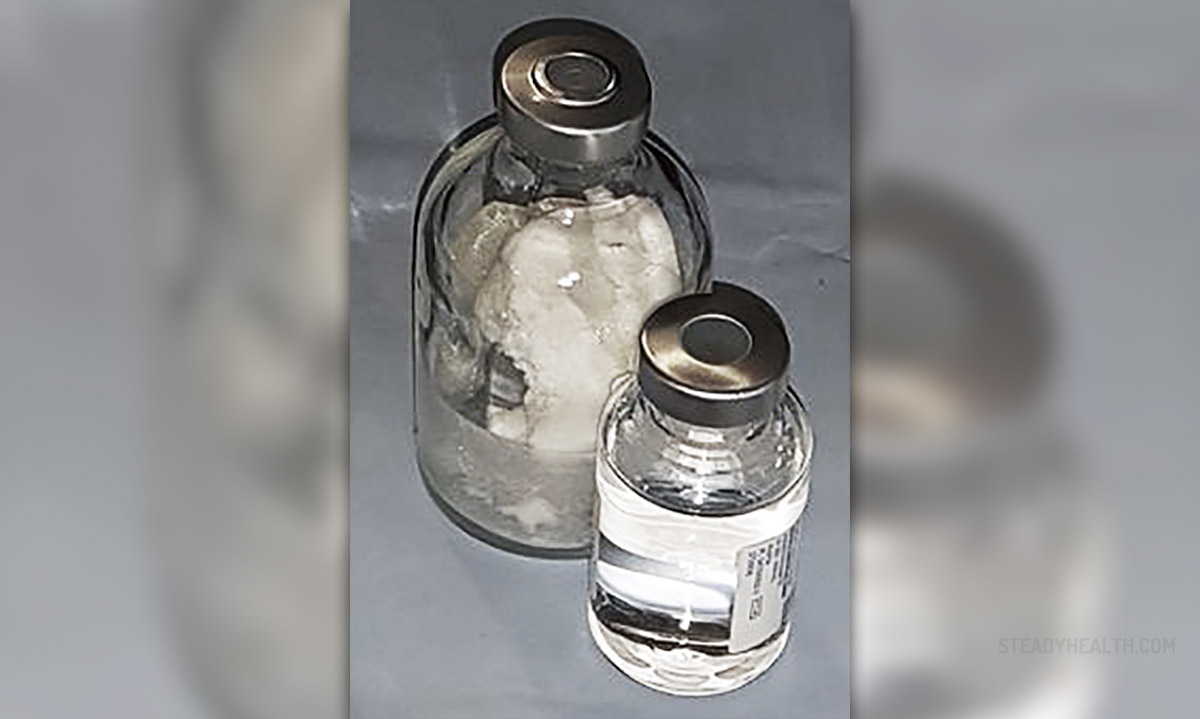
Hemophilia is not so common hereditary blood disorder which features in deficiency of blood clotting factors. The factors of blood clotting or coagulation play an important role when a blood vessel is damaged and a hemorrhage occurs. In case of absence of coagulation factors the bleeding lasts longer. Minor cuts can lead to significant blood loss. The most severe problem is internal hemorrhage. This condition affects mainly men even though the women can be affected as well, but the women are basically the carriers of the defected gene and tend to transmit it to the male descendant who develops the disease.
Hemophilia A, also known as classical form of the disease, features with the deficiency of blood clotting factor VIII while hemophilia B or Christmas disease features with the absence of coagulation factor IX. The symptoms of both types are rather alike. They include prolonged bleeding after cuts and trauma. Bruising is quite common and the bruises tend to linger. The act of bleeding can be induced by minor trauma, surgery or in people with the most extreme forms of the disease the bleeding may be spontaneous without any obvious reason.
Internal bleeding is the huge problem for people suffering from hemophilia. The blood collects into the joints and muscles. This is enormously painful and followed by the edema of the affected area.
Since hemophilia is genetic disorder and the body do not produce the coagulation factors up to full extent the therapy includes compensation of blood clotting factors. The patient is injected the missing factor. Hematologists are doctors who are responsible for these patients and every patient has a personalizes treatment plan. Patients with extreme form of the disease are due to visit doctor every 2 or 3 months to receive coagulation factors as a form of prophylaxis. Unlike these the patients with mild disease are only given blood clotting factors if necessary. The prevention of trauma and bruising is important as well.
In children the veins are tiny and they are surgically implanted so called ports - small intravenous devices which are placed under the skin. These gadgets make the injection process much easier.
In case of bleeding into the joints or muscles the pain is relieved with painkillers. Paracetamol is excellent option for pain management. Aspirin must be avoided as it prolongs the bleeding therefore cannot be of any additional help for the patients. It may only make the situation worse. Sometimes meditation and relaxation technique may be useful in pain management.


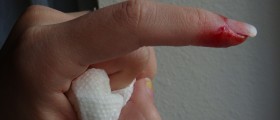
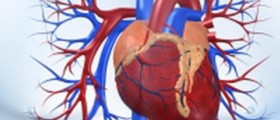


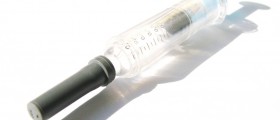

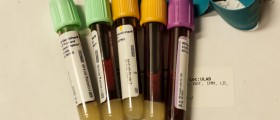

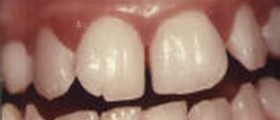

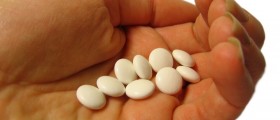
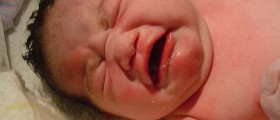

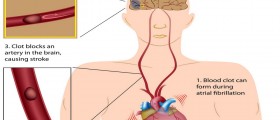

Your thoughts on this
Loading...